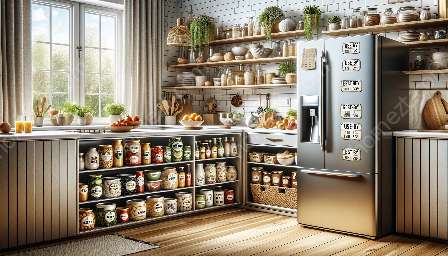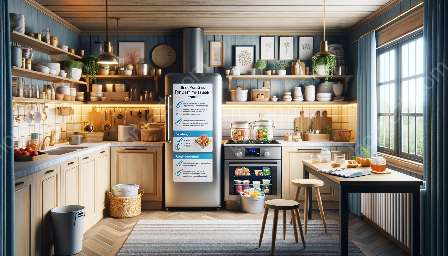Seafood is a popular choice for many home-cooked meals, but it's important to handle it safely to prevent foodborne illnesses and ensure home safety and security. In this comprehensive guide, we'll explore the best practices for safely handling seafood, including proper storage, handling, and cooking techniques. By following these tips, you can enjoy delicious seafood dishes while minimizing the risk of food contamination in your home kitchen.
Food Safety in Home Kitchens
When it comes to food safety, proper handling and storage of seafood are crucial. By understanding the potential risks and following best practices, you can protect yourself and your family from foodborne illnesses.
Understanding Foodborne Illnesses
Foodborne illnesses can result from consuming contaminated seafood, leading to symptoms such as nausea, vomiting, diarrhea, and fever. To prevent these illnesses, it's essential to handle seafood with care and attention to hygiene.
Best Practices for Safe Seafood Handling
1. Purchase seafood from reputable sources to ensure its freshness and quality.
2. Keep seafood refrigerated at a temperature of 40°F or below to prevent bacterial growth.
3. Thaw frozen seafood in the refrigerator or under cold running water to maintain its quality and safety.
4. Cook seafood to the recommended internal temperature to kill any harmful bacteria or parasites.
Home Safety & Security
Proper food handling also contributes to home safety and security, as it minimizes the risk of foodborne illnesses and contamination. By following guidelines for safe seafood handling, you can create a healthier and safer environment in your home.
Preventing Cross-Contamination
It's important to prevent cross-contamination by using separate cutting boards, utensils, and surfaces for seafood and other foods. Thoroughly clean and sanitize kitchen tools and surfaces to avoid the spread of harmful bacteria.
Safe Storage Practices
Store seafood in the coldest part of the refrigerator and use it within a day or two of purchase. If you're not planning to use it immediately, freeze seafood to maintain its freshness and safety.
Conclusion
By following proper guidelines for safe handling and storage, you can enjoy seafood at home without compromising on food safety and home security. These practices not only protect you from foodborne illnesses but also contribute to a cleaner and more secure home environment.

























